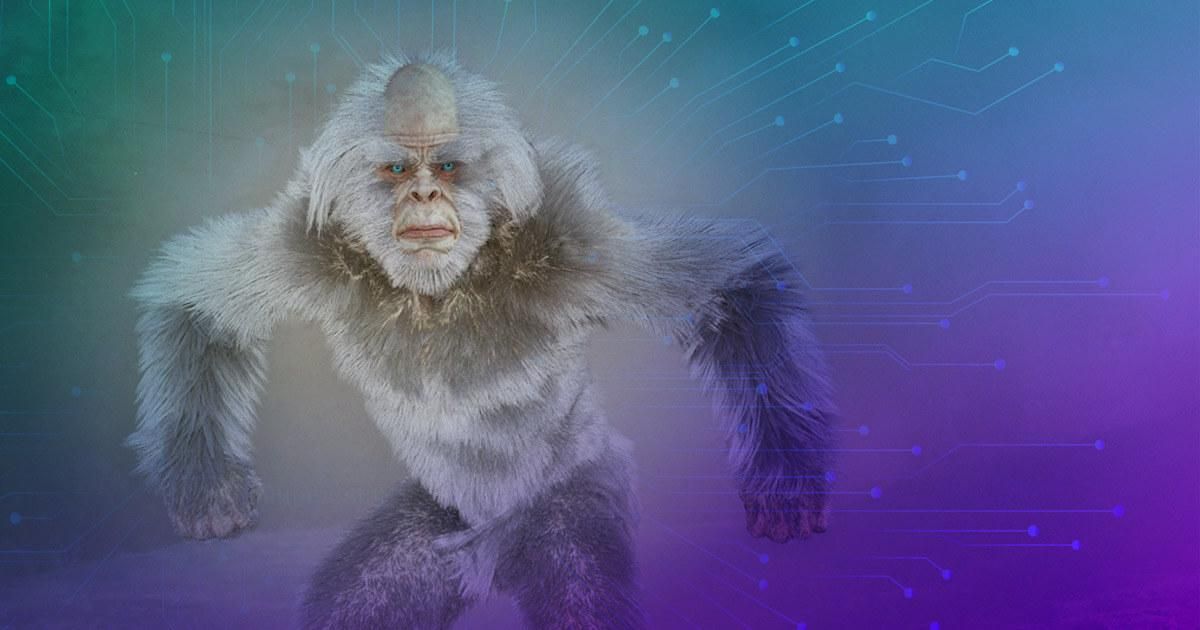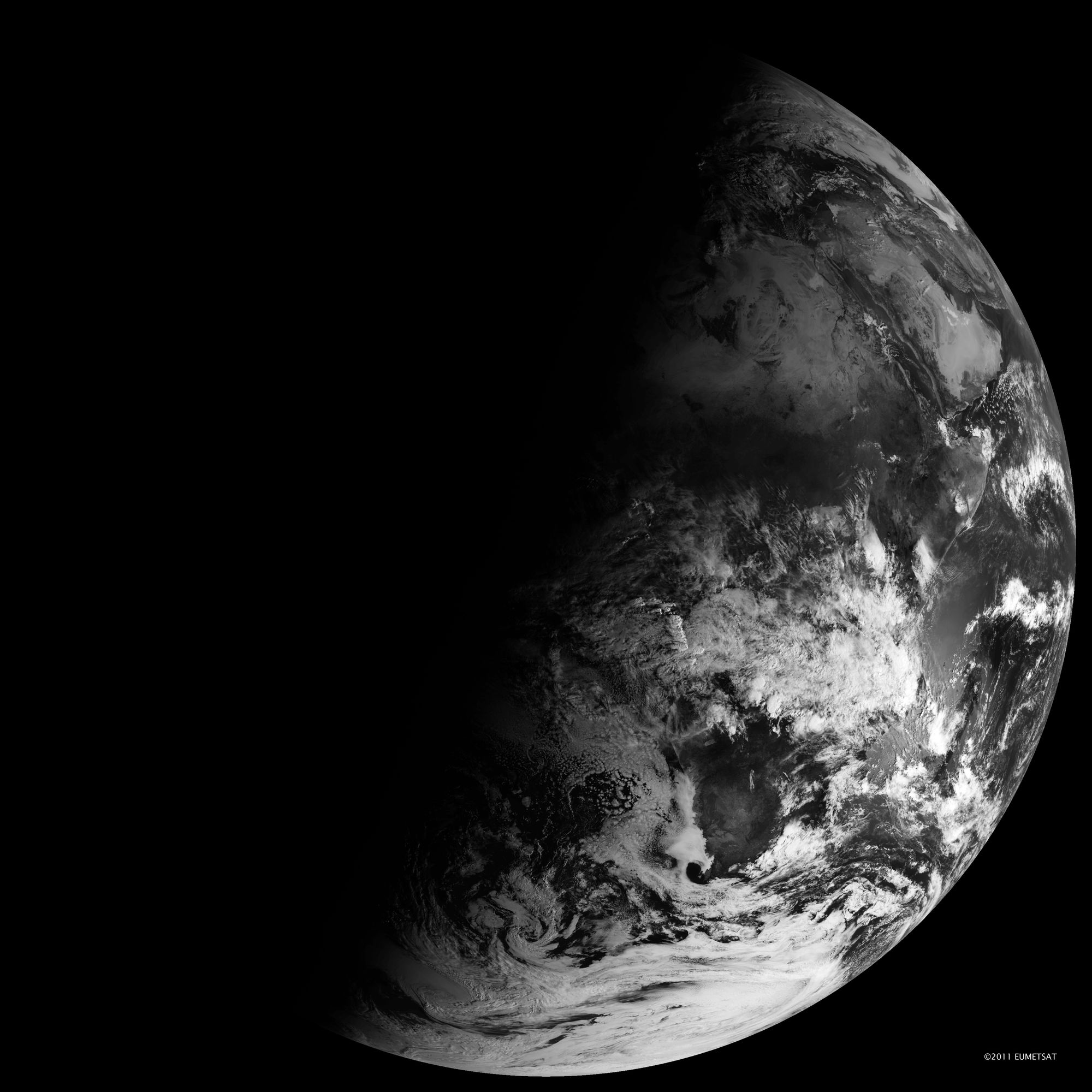DAOs are the foundation of Web3, the creator economy and the future of work
by NITIN GAUR | Cointelegraph

DAOs are a defining construct for everything that comprises the new decentralized internet, or Web3, and the emerging crypto economic system.
NFTs In A Nutshell: A Weekly Review
by Taylor Scott | Bitcoinist

There was a lot of chatter around NFTs from big-time investors this week. However, some think that regulation is on the horizon as we jump into 2022. Meanwhile, a massive NFT art collector has over $2M worth of NFTs stolen, and a heated debate ensued.
Sure, it’s a holiday week, but we’re still cracking open the latest NFT news from the past week. As we dive into the new year, let’s close the books on 2021 with one final report of all of this week’s NFT action.
3 Min Read →
YetAi NFT collection is bringing artificial intelligence (AI) to the Solana blockchain
by Ana Grabundzija | CryptoSlate

YetAi, an unprecedented NFT collection consisting of 8.888 unique collectibles with more than 90 traits recently announced its decision to bring artificial intelligence (AI) to the Solana blockchain.
The NFT project is the first of its kind–with all NFTs being entirely generated by AI.
🌙 NASA - Best Photo from Last Week
Behold a Winter Solstice

The Earth's solstices come twice a year. For the Northern Hemisphere, the summer (June) solstice occurs around June 20-21, and the winter (December) solstice happens around Dec. 21-22.
At the solstice, the Sun’s path appears farthest north or south, depending on which half of the planet you are on. Seasons change on Earth because the planet is slightly tilted on its axis as it travels around the Sun.
Earth’s axis may be imagined as an imaginary pole going right through the center of our planet from “top” to “bottom.” Earth spins around this pole, making one complete turn each day. That is why we have day and night.
This image was taken with the Spinning Enhanced Visible and Infrared Imager (SEVIRI) on EUMETSAT's Meteosat-9 captured this view of Earth from geosynchronous orbit, and shows how sunlight fell on the Earth on Dec. 21, 2010.
Image Credit: NASA
Last Updated: Dec 21, 2021
Editor: Yvette Smith
📚 Top 3 Book Summaries for the week
Disclaimer: None of the content in this newsletter is meant to be financial advice. Please do your own due diligence before taking any action related to content within this article.
Disclaimer: Unbound is reader-supported. When you buy through links on our site, we may earn an affiliate commission.





